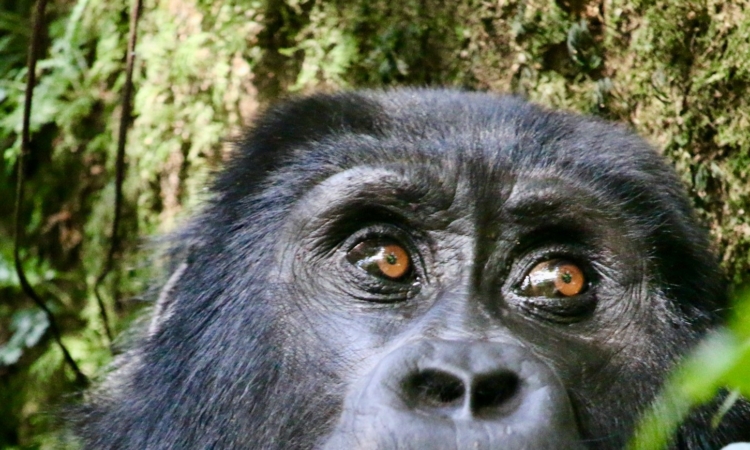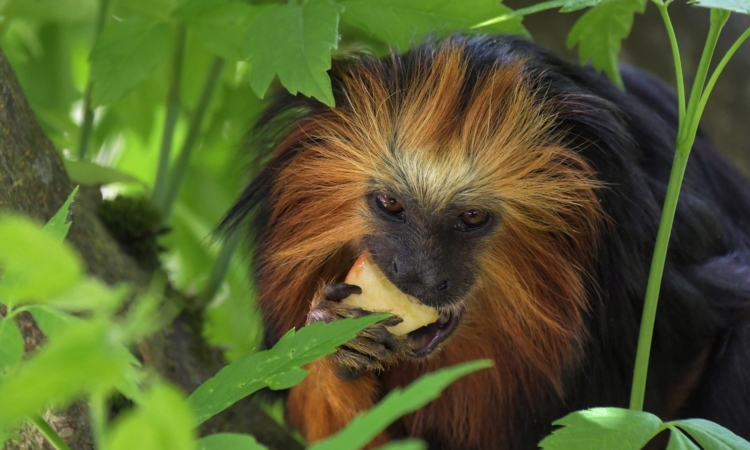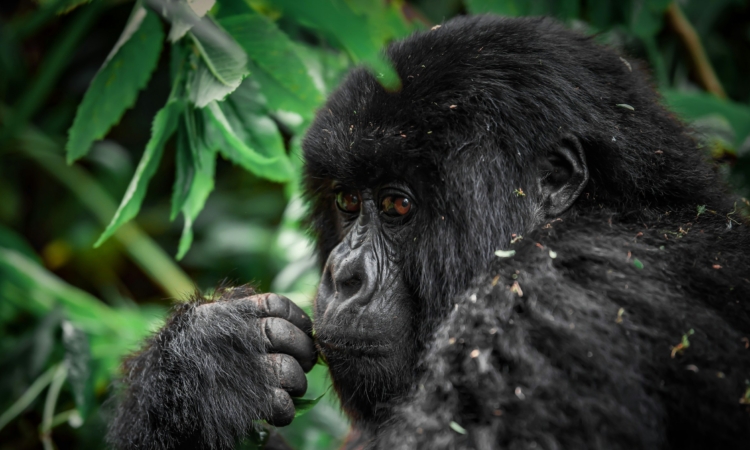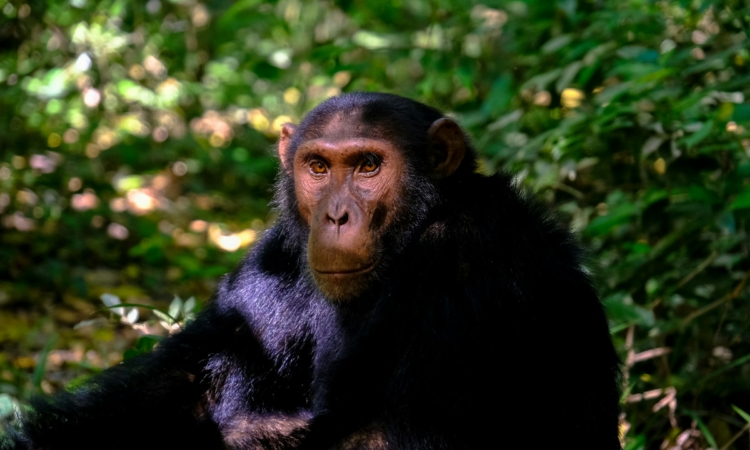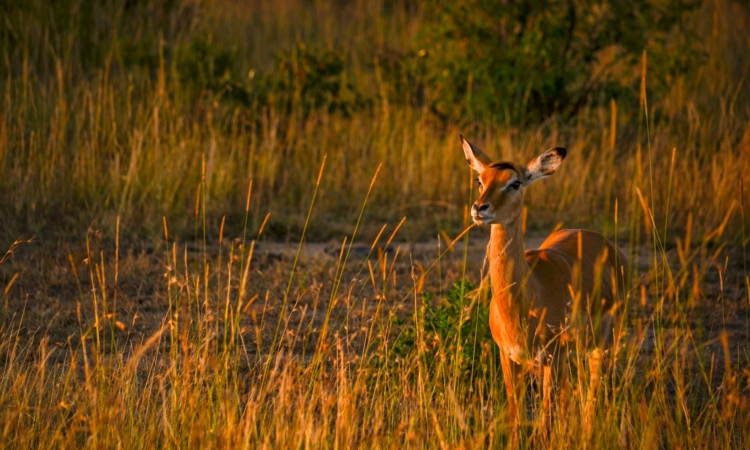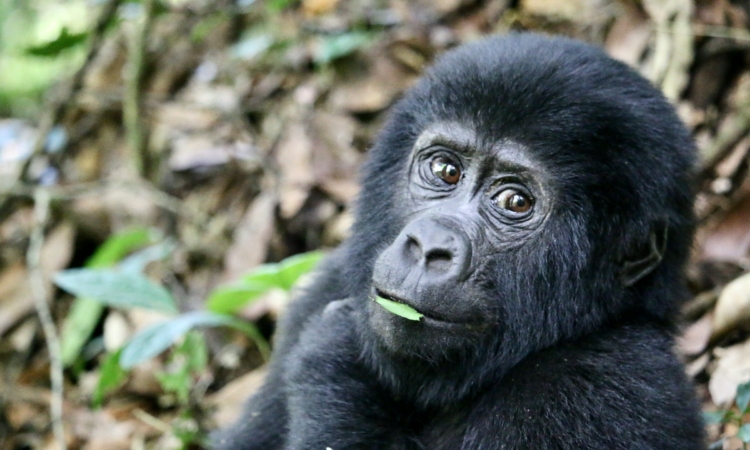Kingdom of Rwanda – Exploring the Nyiginya Dynasty’s Legacy

The Nyiginya Dynasty has deep roots in history, believed to have started from the Twa people, who were the first known inhabitants of what is now called the Rwandan Kingdom. The Twa were hunters, gatherers, and potters. Later, they were pushed aside by the Hutu, who created a strong political system based on central rule. This system led to the creation of several small kingdoms.
In the 15th and 16th centuries, the Tutsi people arrived. Although they came later, they took control of the region. Unlike the Hutu, who were farmers, the Tutsi were known for keeping cattle. Over time, they took over most of the northern areas. There were often fights for land between warriors and local leaders.
The Kingdom of Rwanda became one of the most organized kingdoms in central and eastern Africa. It was led by a Tutsi king. However, this leadership was interrupted during colonial times when Germany and later Belgium took control.
The kingdom was officially abolished in 1961 after violence between the Hutu and Tutsi during the Rwandan Revolution, which began in 1959. The Hutu took over leadership, which led to Rwanda gaining independence from Belgium in 1962.
The exact start of the kingdom is not known. Its history has mostly been passed down by word of mouth. Traditionally, many people say Rwanda was founded by a man named Gihanga, who is praised for creating fire and cows.
Cows are highly respected in Rwandan culture. Some historians, however, believe Gihanga was more of a myth and suggest that the kingdom began between the 14th and 16th centuries. It likely started as a small chiefdom on a hill in Gasabo and later grew to include other areas, forming a large central kingdom near Lake Muhazi, close to Kigali.
There is some debate about who the first real king was. Some say it was Ruganzu Bwimba, while others believe it was Ruganzu II Ndoli. What is agreed upon is that by the 16th century, central Rwanda was under the control of this growing kingdom, and by the 17th century, Ruganzu II Ndoli had conquered many of the Hutu communities in the area.
At that time, the king would form an army made up of both Hutu and Tutsi. Everyone worked together to defend the kingdom. Society followed a feudal system called ubuhake, where the king had full power. Under this system, rich people gave cattle and protection to peasants. In return, the peasants were expected to be loyal and care for the animals. The peasants did not own the cattle or land.
The queen mother had an important role in the royal court. She managed the royal home and took part in court matters. When her son became king, she was given a new title, Nyira, which means “mother of.”
The Kingdom of Rwanda holds a lot of history that is worth learning about.
Booking Your Trip Now
If you want to tailor your tour by adding more days or destinations, please reach out to us through our main contact page using the button below.

